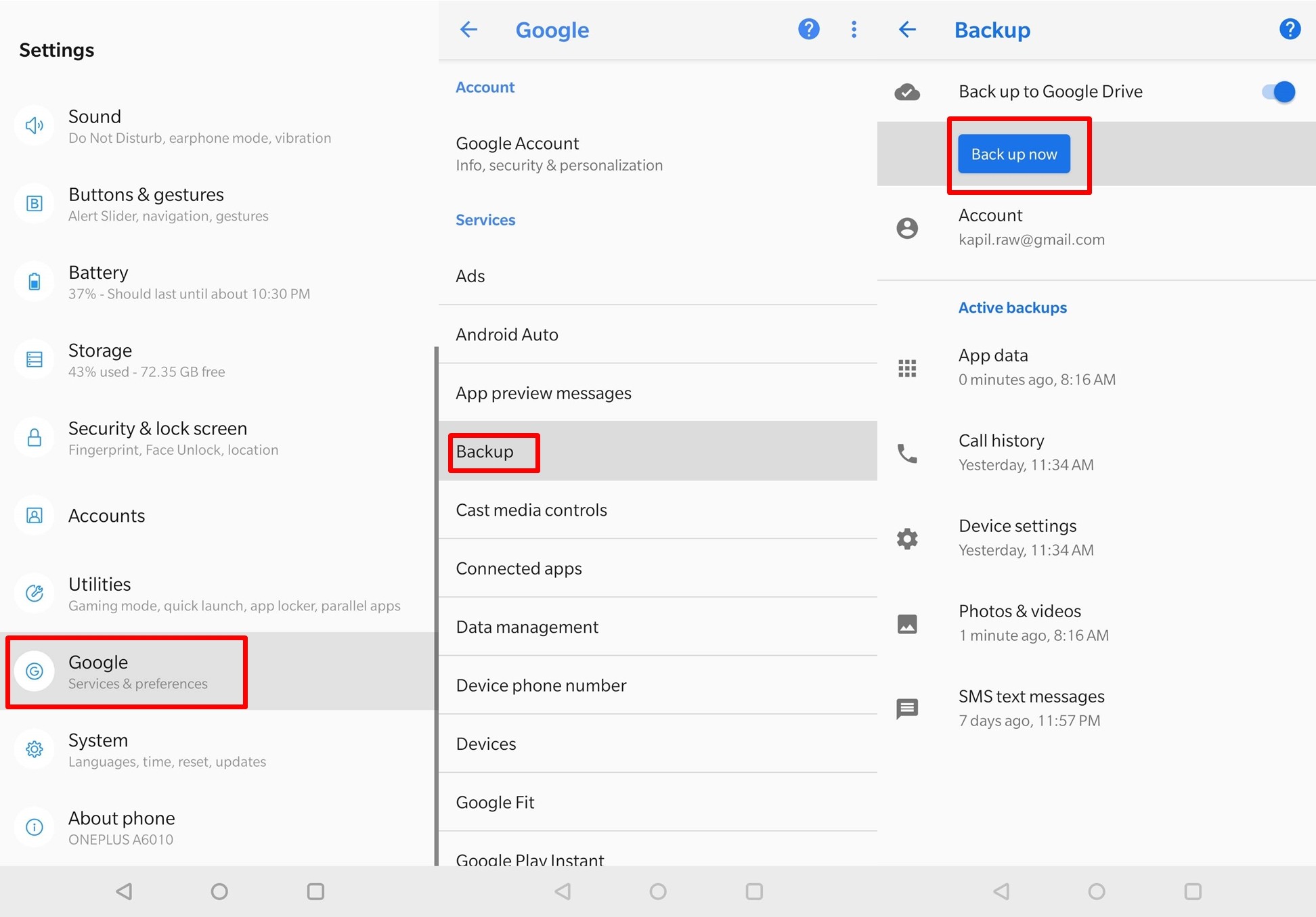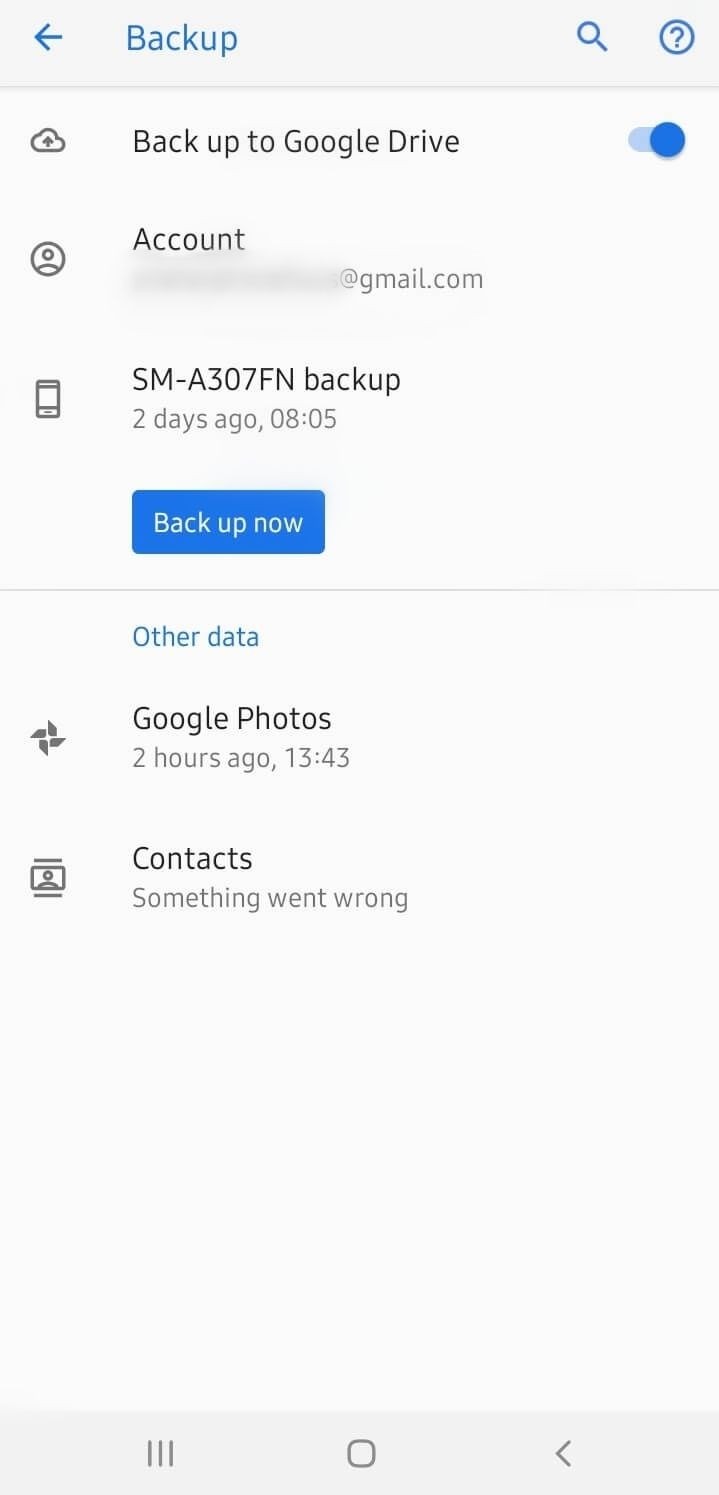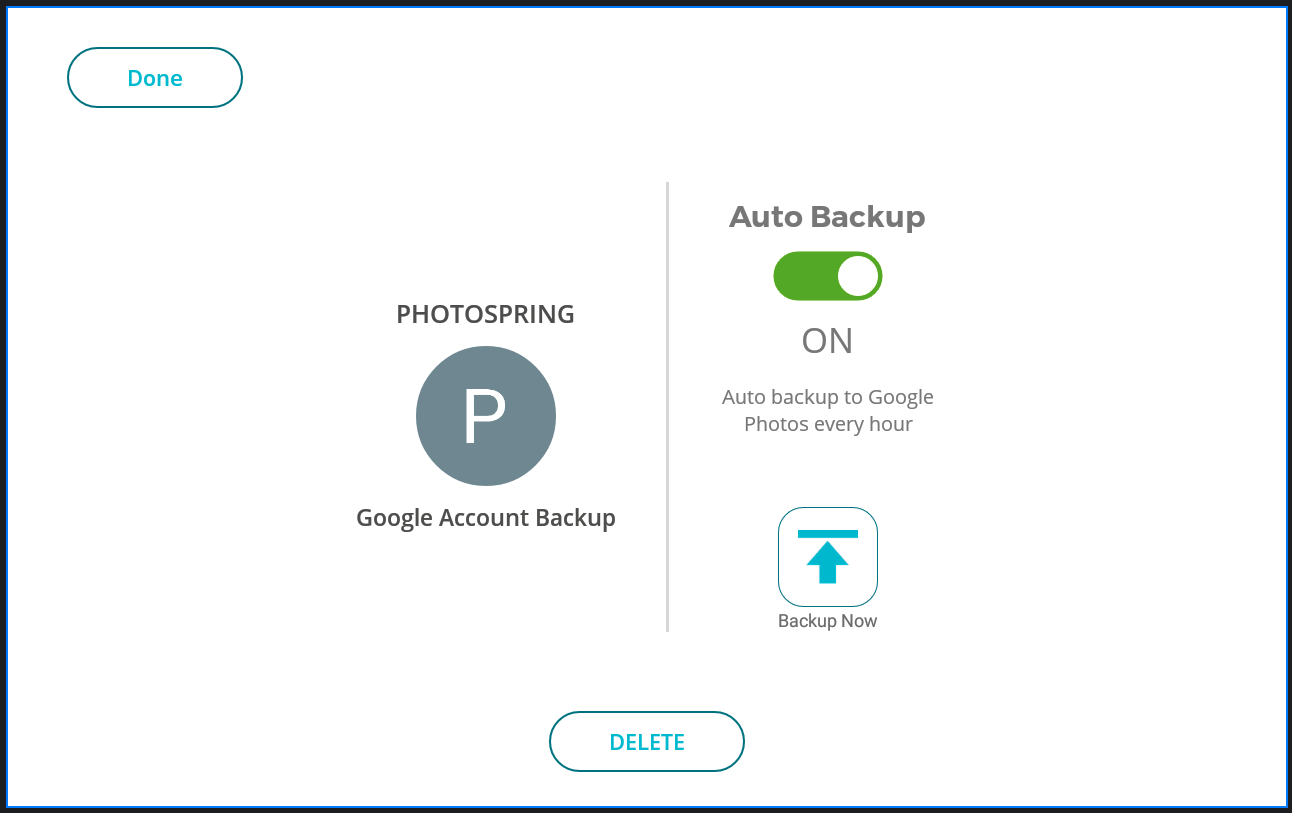


The Express option is only available on Android devices in specific regions. Google Photos compresses videos to standard definition and images to 3MP to save photo storage. If you're running low on your 15GB Google Drive storage allotment or dealing with a slow internet connection, select Express to back up media at the lowest resolution. The media uploads offer a respectable quality print up to 24-by-16 inches. Open up the app, sign in to your Google account and you’ll be offered the choice between backing up ‘original’ or ‘high quality’ images (see above). To save storage space, it compresses photos to 16 megapixels and videos to a high quality. Storage saver stores more media files at a slightly reduced quality. Storage saver is a nice balance between Original quality and the Express option. It's also suitable for large prints without quality loss. Step 3: A pop-up will appear showing you the number of photos. Step 2: Tap on the three-bar icon at the top and select Free up space. If you plan to shoot a lot of photos in full resolution (48MP, 64MP, 108MP, or 200MP), use the Original quality option. Step 1: Open the Google Photos app on your iPhone. The option backs up your photos and videos in full resolution. Google scrapped the add-on in June 2021, though people who own a Pixel 5 smartphone or an earlier model are still eligible for unlimited storage for photos and videos. If youre uploading from a smartphone, you likely wont. In this video, we will show you how to backup your precious images and videos in Google Photos using your Android or IOS smartphone. Google used to offer unlimited storage for original-quality uploads to Pixel users. When you select high quality backup, Google will compress images slightly before transferring them.

If you're unsure of the option you should pick, here's a quick rundown of Google Photos various image quality options.


 0 kommentar(er)
0 kommentar(er)
